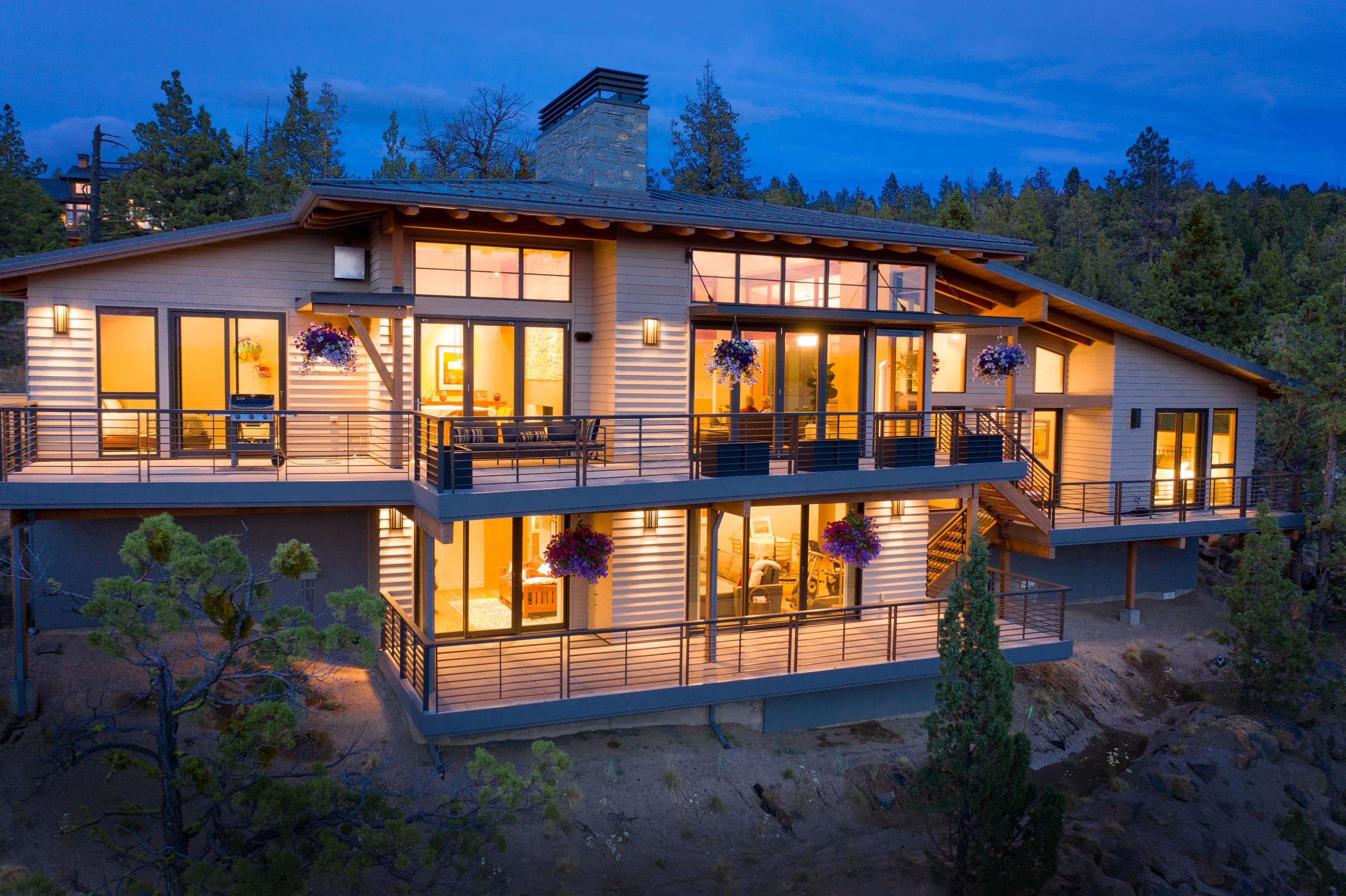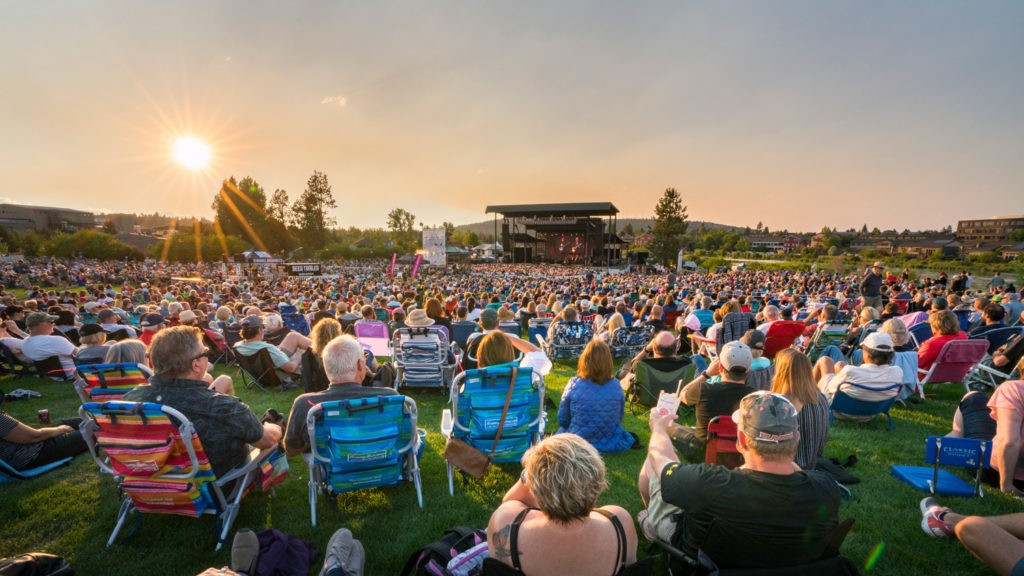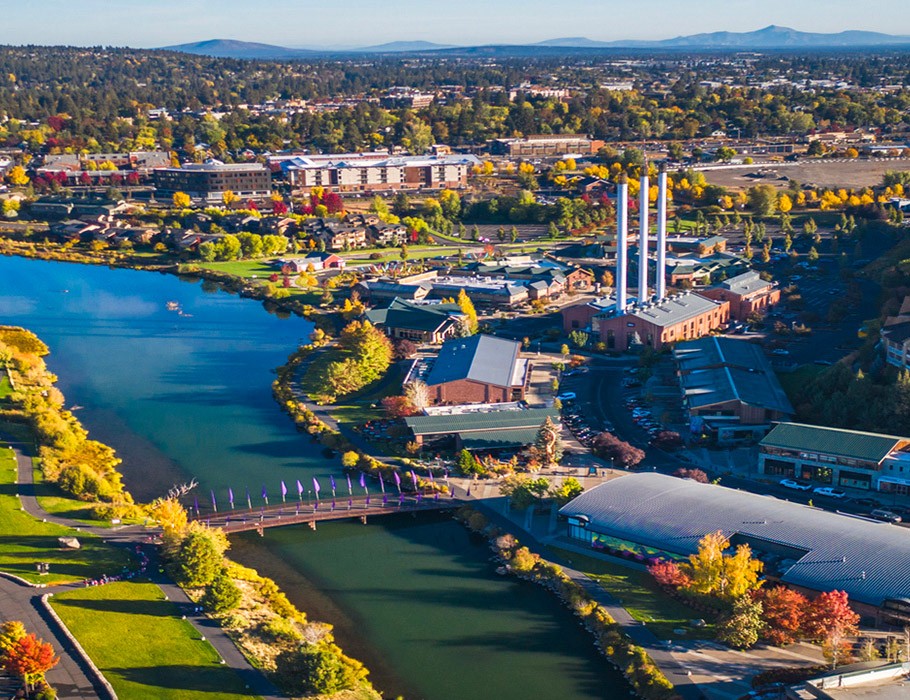
It all began in 1988 when I came to this small town for college. I loved central Oregon’s weather and soon met my wife of now 29 years in this beautiful town. Eventually, we moved back to Beaverton and I began working for a company where I would continue to work for them the next 17 years. All while my wife and I were raising two growing boys and both working. It was then when I was feeling the constant stress of being away from my family that I began observing one of our painting contractors who appeared to have a good balance between life and work. I reached out to the contractor and he agreed to mentor me and still does to this day. It quickly became clear to my family that Bend would be a natural fit as my wife is 5th generation bendite. After moving to Bend, my first job was to paint a mile-long fence. That one fence was the start of my business. A business that has developed and expanded beyond anything we could have ever imagined.
Townhouse does things differently than your average competitive painting company. We let the quality of our work speak for itself. Instead of expensive advertising, catchy brochures our business is built on mostly referrals and word of mouth. Building positive and trusting relationships with our customers is the first step to a job well done. One of our best qualities is how much we value our community. We love to be involved with other local businesses and find ways to support our community.
Job sites are typically very family-oriented. This means safety is most important to us because we know that small children, animals, and adults are constantly moving through the site. We always make sure that we have a safe environment for not only our workers but the families we are working with and once we start a project we do not stop until it is completed and that you are satisfied with the outcome. Making sure we provide notice and coordinate schedules with onsite staff is all in a day’s work.
Inadequate funding? Let us help you devise a strategy to keep your investment’s exterior maintained with good curb appeal and at a budget you can afford with a phased approach.
Communicating and working with our customers to ensure that we are doing all we can for them while sticking to a budget that fits their interests and needs is important for us. Owner, Matt Carey brings 15 years of experience in property and asset management. This expertise allows customers to trust that their expectations will be exceeded and that ensuring the best possible product within a realistic budget is met.
You can contact Matt at Townhouse Painters Bend at (541) 410-1932.









